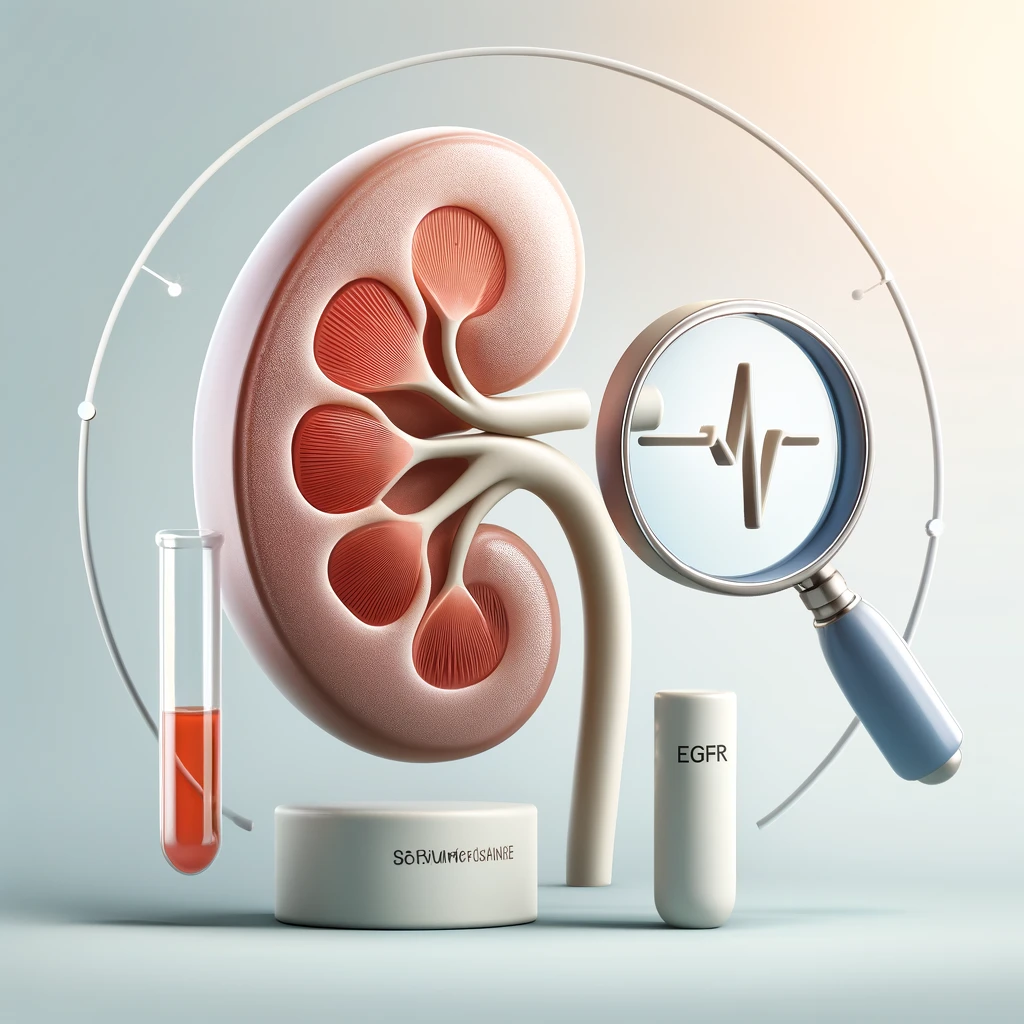
Early detection of CKD allows for timely intervention, potentially preventing the progression to ESRD. Traditional methods of detecting CKD, such as serum creatinine levels and estimated glomerular filtration rate (eGFR), often identify the disease at a later stage when significant kidney damage has already occurred. Therefore, there is a pressing need for reliable biomarkers that can detect CKD at an earlier stage, enabling more effective management and treatment strategies.
Key Biomarkers for Early Detection of CKD
1. Proteinuria and Albuminuria
Proteinuria and albuminuria, the presence of excess proteins and albumin in the urine, respectively, are among the earliest and most widely used biomarkers for CKD. They indicate damage to the glomeruli, the filtering units of the kidney. Microalbuminuria, defined as 30-300 mg of albumin per day in the urine, is a particularly sensitive marker for early kidney damage, especially in diabetic patients.
2. Cystatin C
Cystatin C is a protein that is produced by all nucleated cells and is freely filtered by the kidneys. It has emerged as a reliable biomarker for kidney function, providing a more accurate estimate of GFR than serum creatinine. Cystatin C levels can detect early changes in kidney function before they are apparent through traditional methods.
3. Kidney Injury Molecule-1 (KIM-1)
KIM-1 is a type 1 transmembrane protein that is expressed in kidney tubular cells following injury. It is not typically found in healthy kidneys but is significantly elevated in the urine and blood of individuals with acute and chronic kidney injuries. Its sensitivity to early tubular damage makes it a promising biomarker for early CKD detection.
4. Neutrophil Gelatinase-Associated Lipocalin (NGAL)
NGAL is a small protein that is released by kidney tubular cells in response to injury. Elevated levels of NGAL in the urine and blood are associated with acute kidney injury and CKD. NGAL can detect kidney damage at an early stage and predict the progression of CKD, making it a valuable biomarker for early diagnosis.
5. Urinary N-Acetyl-β-D-Glucosaminidase (NAG)
NAG is an enzyme that is present in the lysosomes of proximal tubular cells. Elevated levels of urinary NAG indicate tubular damage and can be detected in the early stages of CKD. It is particularly useful in identifying nephrotoxicity and monitoring kidney health in patients undergoing treatment with potentially nephrotoxic drugs.
Mechanisms and Clinical Relevance
The biomarkers discussed above operate through various mechanisms, reflecting different aspects of kidney function and injury. For instance, proteinuria and albuminuria reflect glomerular damage, while KIM-1, NGAL, and NAG indicate tubular injury. The diverse mechanisms underscore the complexity of CKD and the need for a multi-faceted approach to its detection.
Clinically, these biomarkers offer several advantages. They provide a non-invasive means of assessing kidney health, allowing for regular monitoring and early intervention. Moreover, they can help in differentiating between acute and chronic kidney injuries, guiding treatment decisions. The use of biomarkers also facilitates personalized medicine, enabling healthcare providers to tailor interventions based on the specific type and extent of kidney damage.
Challenges and Future Directions
Despite their potential, the use of biomarkers in CKD detection faces several challenges. Variability in biomarker levels due to factors such as age, sex, and comorbid conditions can affect their reliability. Standardizing biomarker assays and establishing reference ranges are essential steps toward their broader clinical application.
Future research should focus on discovering new biomarkers and validating existing ones in diverse populations. Advances in omics technologies, such as genomics, proteomics, and metabolomics, hold promise for identifying novel biomarkers that can provide deeper insights into the pathophysiology of CKD.
Conclusion
Biomarkers represent a pivotal advancement in the early detection of CKD, offering the potential to identify the disease before significant damage occurs. By leveraging biomarkers such as proteinuria, cystatin C, KIM-1, NGAL, and NAG, healthcare providers can improve the diagnosis, monitoring, and management of CKD.
Quiz
Please note that our articles are not intended to guide personal health decisions.
This content has been curated by Renes Care. Unauthorized use or reproduction is prohibited.
© Renes Care. All rights reserved.
